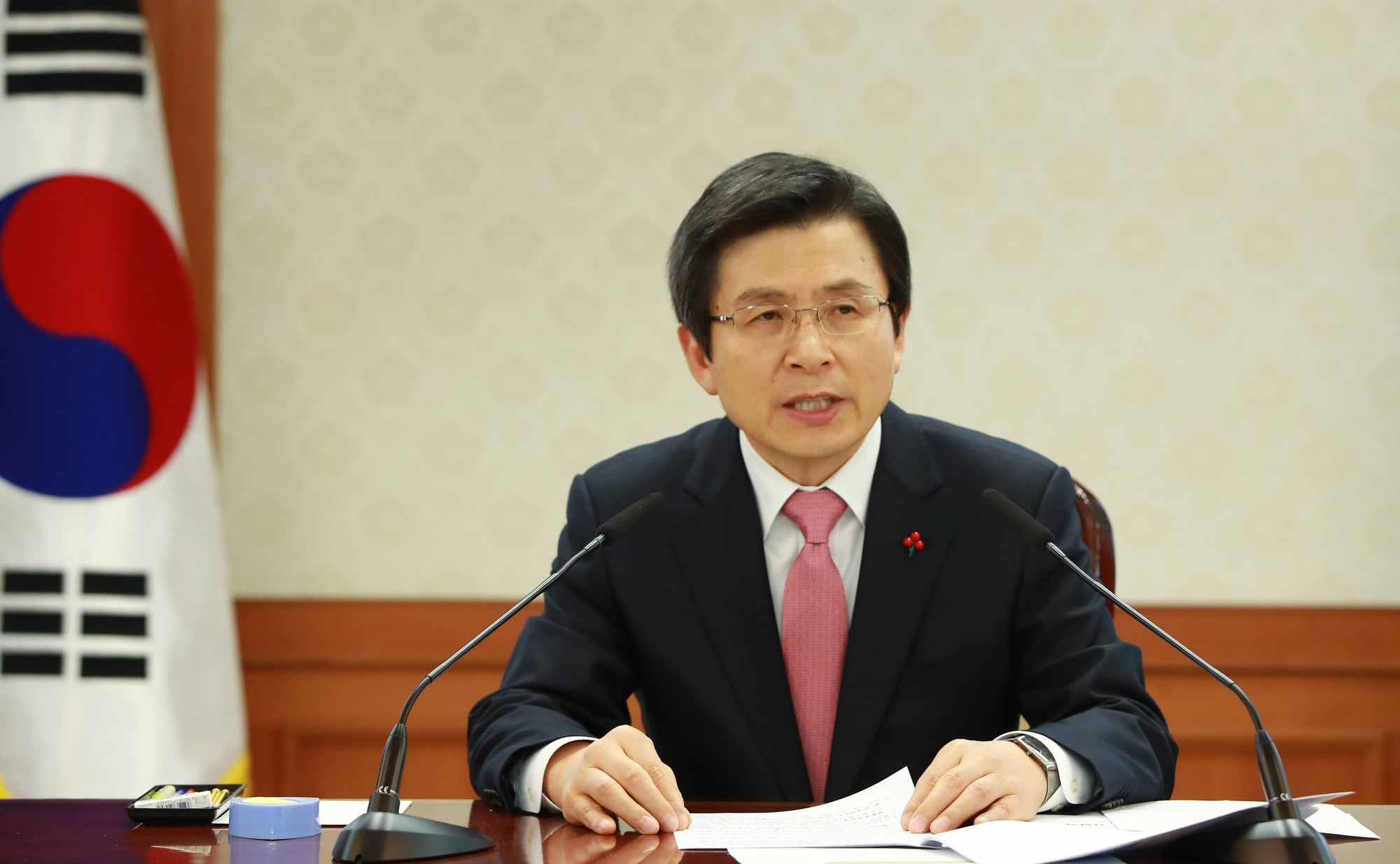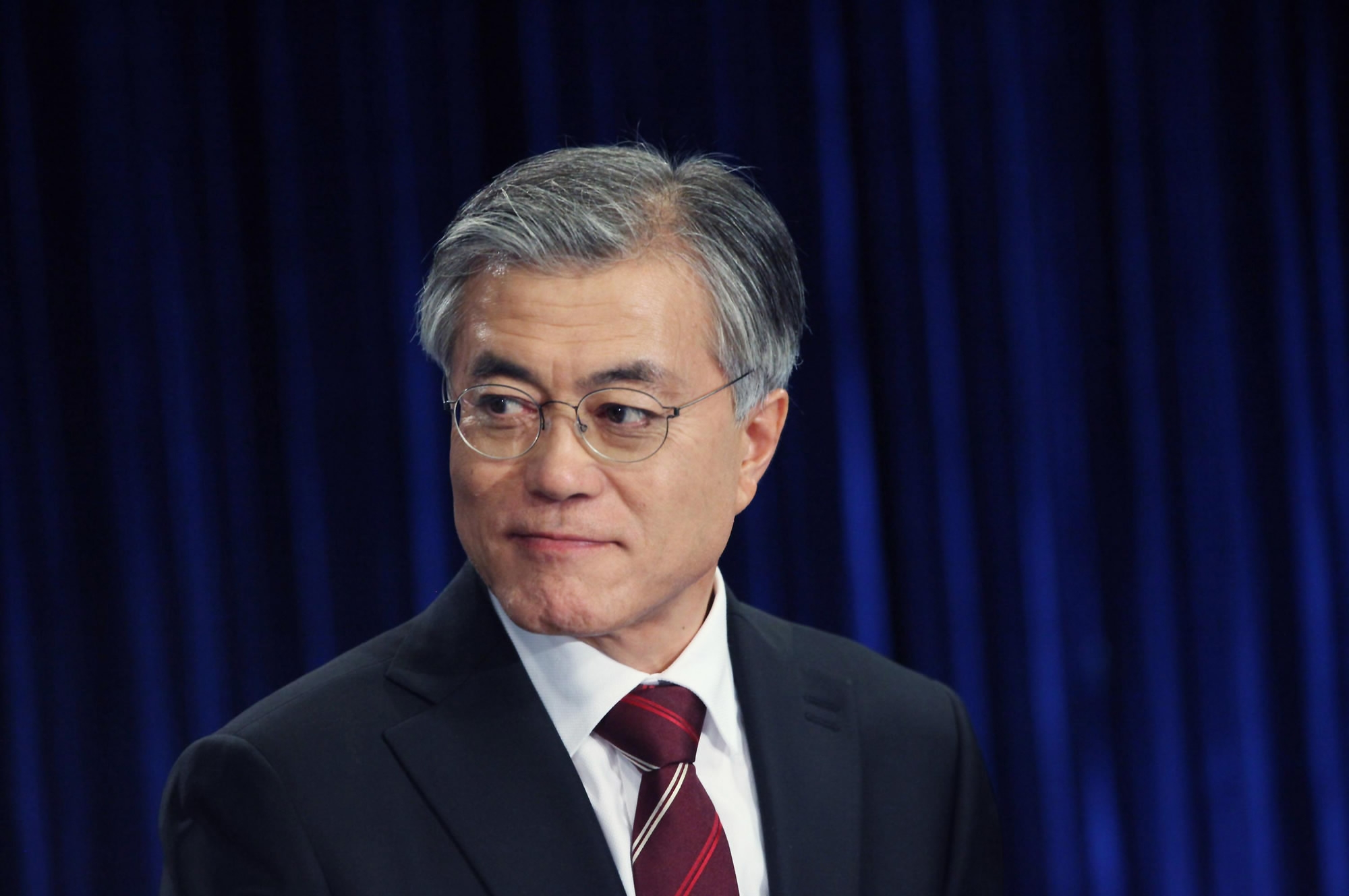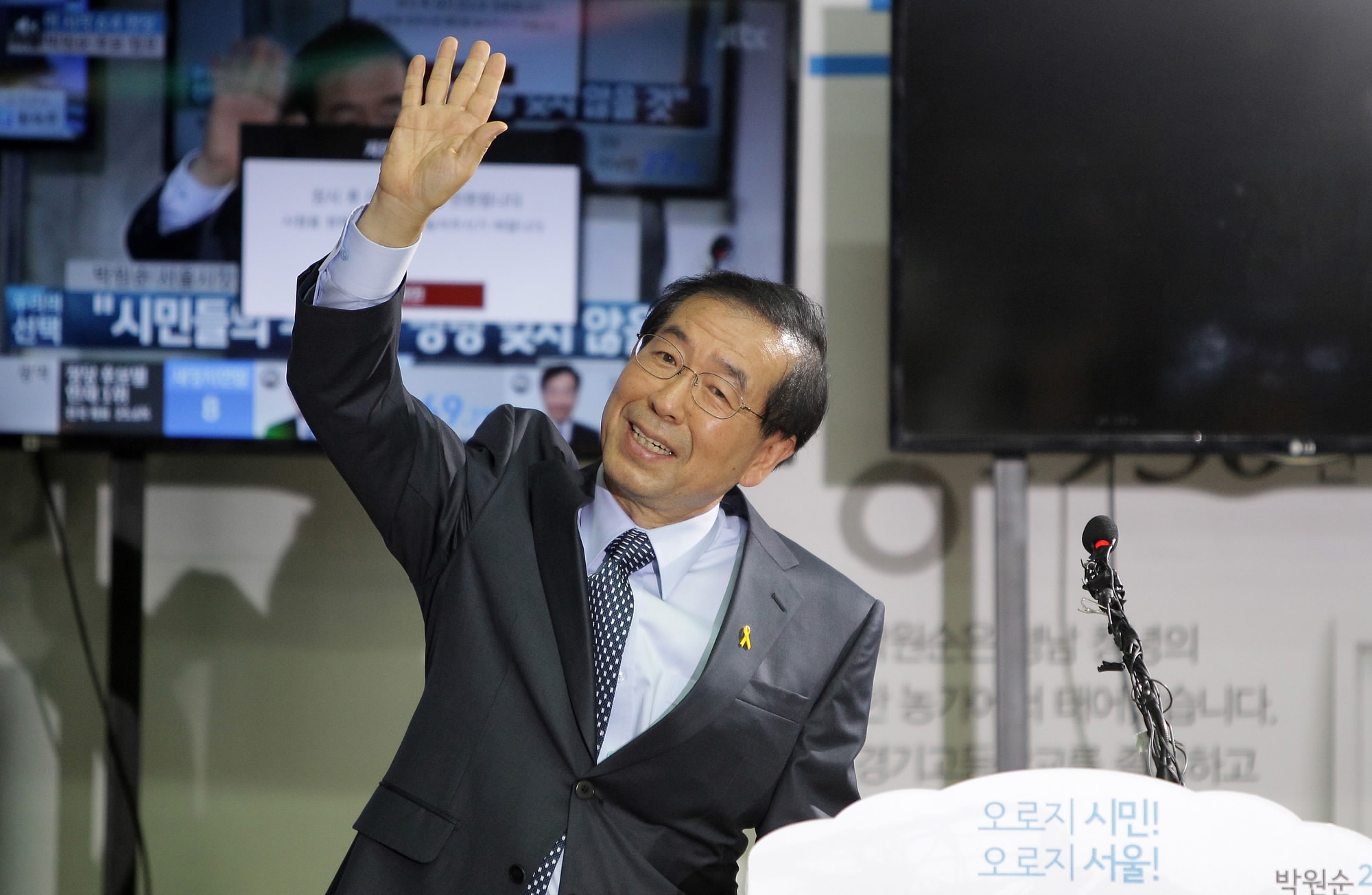Guest commentary by Hichem Karoui
The impeachment of President Park Geun-hye by the National Assembly in December 2016 opened the Korean political scene to manifold uncertainties. The Constitutional Court will have to examine the impeachment motion, but the belief that Ms. Park will be legally removed, is prevailing. Meanwhile, the prime minister, Hwang Kyo-ahn, has stepped in as acting president, ensuring policy continuity.

Hwang Kyo-ahn. /CFP Photo
On February 2, US Defense Secretary Jim Mattis made his first overseas trip to Seoul where he described the US-South Korea alliance as "ironclad." But the Terminal High-Altitude Area Defense (THAAD) had already become contentious within South Korea.
Domestic opposition to THAAD highlights the public's general dissatisfaction with Park Geun-hye and her administration. Minjoo, along with the People's Party and the Justice Party, have criticized the government for not consulting the national assembly on THAAD. If this trend of opinion persists, it is likely that the electorate will favor a more centrist candidate, possibly from the opposition, in the 2017 presidential election.

Moon Jae-in. /CFP Photo
Prominent opposition politicians, including Moon Jae-in of the main opposition Minjoo (Democrat) party, support the country’s alliance with Washington. But he has also expressed his wish for a more "balanced diplomacy" with the United States and China.
His party has criticized the current approach to the DPRK, saying sanctions alone will not end Pyongyang's nuclear weapons program. Many of its members have opposed Ms. Park’s decision to deploy the American missile defense battery in South Korea.
Moon himself did not say whether he would reverse the decision if he became president, although he pointed to the need for parliamentary approval. He still faces competition within his party from An Hee-jung, the governor of South Chungcheong province, who appears to have attracted supporters of former UN secretary-general Ban Ki-moon, who dropped his center-right presidential bid in early February.

Park Won-Soon. /CFP Photo
A possible compromise candidate is Park Won-Soon, the mayor of Seoul. He is seen as a leader of the civil society movement. In November 2016, he showed up at a meeting of cabinet ministers and shouted at them to "choose between the people and the president." Citing discontent and opposition from China and Russia, the Seoul mayor speculated that THAAD deployment "will worsen security on the Korean Peninsula."

Ahn Cheol-soo. /CFP Photo
Another liberal who passes for a centrist 'outsider,' rival for Moon Jae-in is a software magnate, Ahn Cheol-soo, who appears to be seeking a presidential nomination from the People’s Party. Ahn Cheol-soo called for parliamentary approval and also suggested a referendum concerning THAAD deployment. He advised that Seoul should not choose between Beijing and Washington, but through dialogue could manage strategic partnerships with both.
On the progressive side, Lee Jae-Myeong, mayor of Seongnam, is expected to run. Lee is popular with antigovernment demonstrators. He expressed positions similar to Moon Jae-in concerning the DPRK and THAAD.
As far as THAAD is concerned, there are little hopes that the Conservative party (Saenuri ) will change its stance. Hopes could push the previously unfancied acting president, Hwang Kyo-ahn, to declare his candidacy for the job, but he has remained ambiguous about running.
Hwang has come out strongly in favor of THAAD as a "vital defense measure," but said his government for now will try to resolve its differences with China through negotiation.
Three other contenders of the ruling Saenuri Party (Kim Moo-sung and Yoo Seong-min, and Gyeonggi Provincial Governor Nam Kyung-pi ) promoted THAAD.
(Dr. Hichem Karoui is a Non-Resident Senior Fellow at the Center for China and Globalization (CCG) in Beijing, China and a diplomatic advisor. The article reflects the author’s opinion, not necessarily the view of CGTN.)









